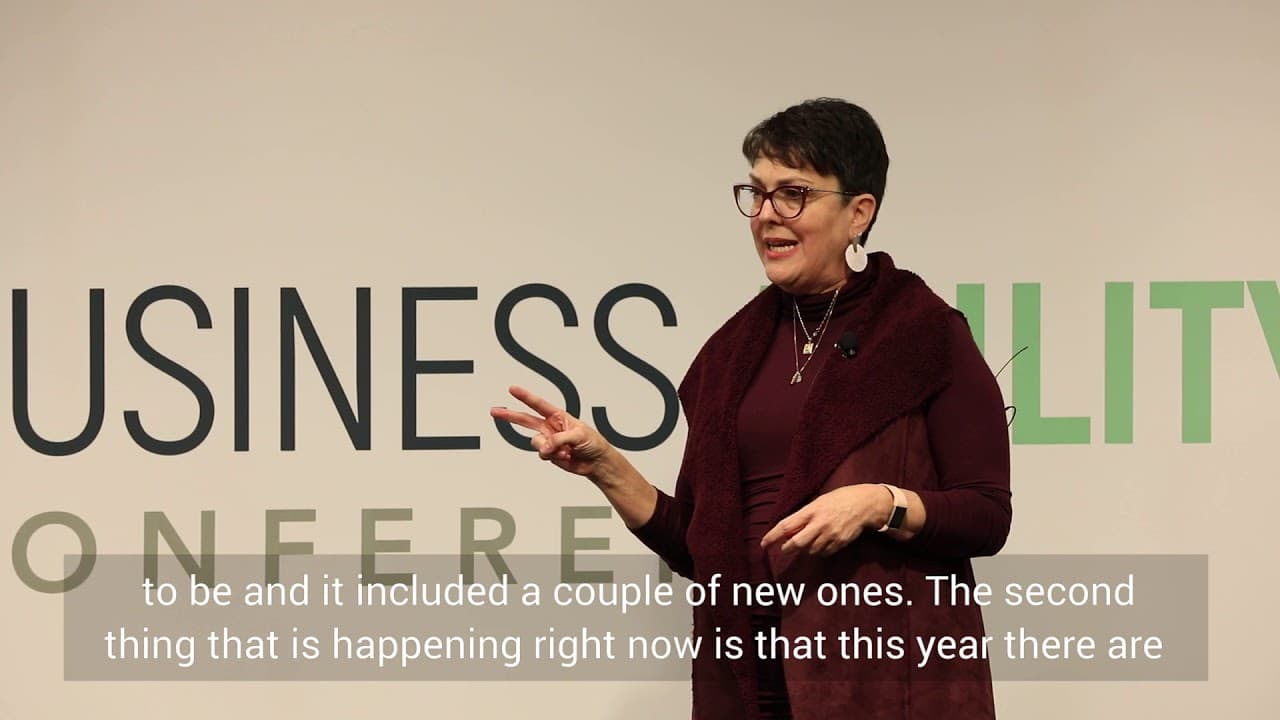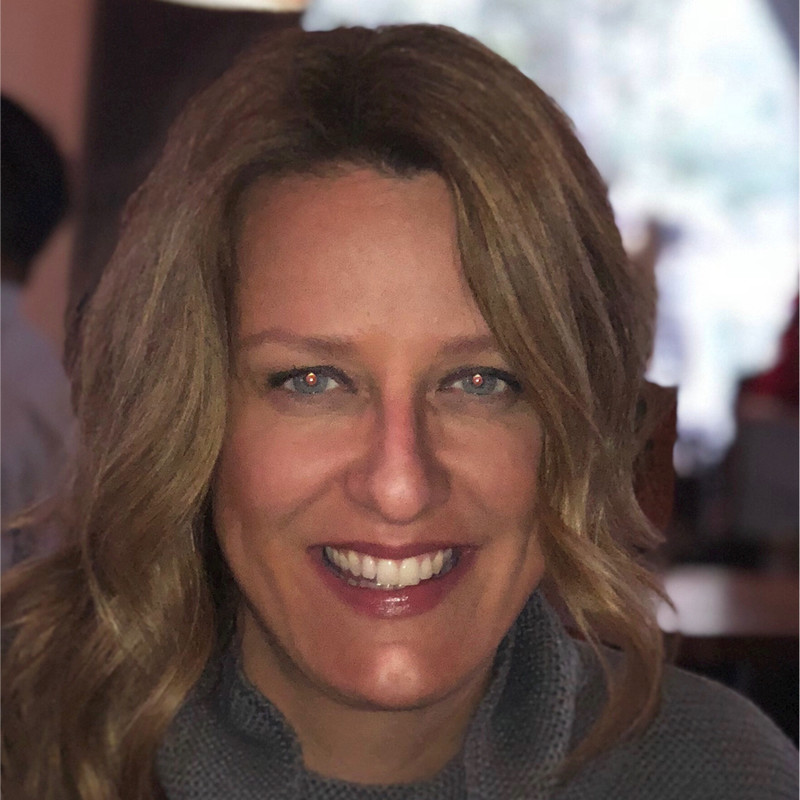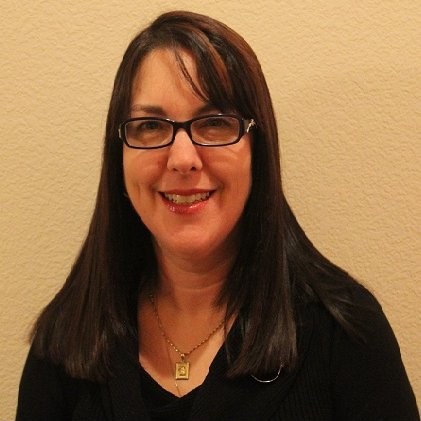Thanks for the disclaimer because, honestly, we didn’t think we were going to get approved. So, we didn’t really prepare! We got approval at about 4:00 PM yesterday and had to decide—should we skip the session or just go for it? Well, here we are!
I’ve been reading a book called Brave, Not Perfect, so you are witnessing our brave moment. Don’t expect perfection!
Last night, we saw Avenue Q in hopes of getting some good material, but it turns out that’s not exactly suitable for this audience. So instead, let’s talk about USAA and the incredible company we work for.
About USAA
For those unfamiliar with USAA, it was founded almost 100 years ago to serve a very unique demographic—high-risk military officers who couldn’t get insurance. Over the years, we’ve evolved from just an insurance provider into a large financial institution. Today, we employ over 38,000 people worldwide, which comes with its own set of challenges but also a deep sense of purpose.
Our mission is clear: to facilitate the financial security of our members, associates, and their families by offering highly competitive financial products and services and being the provider of choice for the military community. This mission is ingrained in everything we do. It’s present in every town hall, every meeting—it’s a core part of our culture.
The Journey to Business Agility
Because 30% of our employees are military members, our culture has a strong foundation in tradition and risk aversion. Initially, our agile transformation started where many of yours probably did—it was an IT initiative. We thought, “Let’s try out this agile thing, it sounds cool!” But we quickly realized we weren’t getting anywhere because we hadn’t brought the business along for the ride.
We assumed that by just delivering software faster, we’d be successful. That wasn’t the case. We fell on our faces.
Then something incredible happened. A few of our C-suite executives recognized that if we didn’t fundamentally change the way we worked, we wouldn’t survive for the next 100 years. This realization sparked a real transformation—one that went beyond IT and into how we run the entire business.
A New Way of Working
We started talking about it not as an "agile transformation" but as a new way of working. We were practicing business agility without overusing the “A-word.”
We looked at how we finance projects, moving towards an adaptive planning process with iterative cycles. We introduced quarterly reviews and monthly check-ins to assess our progress. Leaders were asked, “What outcomes do you want to achieve?” instead of being handed rigid deliverables. The focus became about delivering value, not just producing work.
But we also realized we needed help.
Key Initiatives Driving Our Transformation
- Vice President of Business Agility: We created a leadership position to focus on the larger transformation effort.
- Office of Culture: USAA has a strong, purpose-driven culture, and we didn’t want to change it—we wanted to shift it. We needed to adapt the culture to support agility rather than force agility into an incompatible environment.
The USAA Standard
Last year, we updated the USAA Standard, the second-most important document that guides our employees. The new version simplified previous standards and introduced principles that align with agility:
- Build trust and help each other succeed – Collaboration over control.
- Embrace diversity and be purposefully inclusive – Not just hiring diverse teams but ensuring all voices are heard.
- Innovate and build for the future – A call to continuously improve and adapt.
Four Culture Shifts
USAA’s leadership is now focused on four key cultural shifts:
- Be compliant and manage risk thoughtfully – Early agile efforts sometimes sidestepped compliance, so we’re now balancing agility with regulatory responsibility.
- Effective challenge – Encouraging teams to ask, “Is this work valuable? Is this the most important thing to focus on?”
- Progress over perfection – Iteration is key. Executives are now saying this in almost every conversation.
- (We forgot the fourth one...but when the fear subsides, we’ll remember it!)
Expanding Agility Beyond IT
Another key shift is that our C-suite executives are now deeply involved in agility.
For example, our Chief Marketing Officer is asking, “How do we apply agility to marketing?” Our HR department is undergoing its own agility transformation. Coaches no longer work just with IT; they work with both business and technology teams together.
We also tried something different—combining IT and business into a single organization under digital and platform-driven structures. It’s working really well, and we’re hoping to expand this model to the rest of the company.
Lessons Learned
One major lesson was using tools and frameworks our leaders already understood. Many of our military leaders had read books like Team of Teams and Turn the Ship Around!. We leveraged those lessons to explain agility in a way that resonated with them.
Every leader at USAA has taken The Coaching Habit course. But like many organizations, people took the class and then forgot about it. Now, we have coaches reinforcing those lessons in real-world conversations, helping leaders apply coaching skills daily.
Our Chief Marketing Officer recently said, “I realize I’ve been a chess master, but I need to be a gardener.” That’s a direct takeaway from Team of Teams.
Where We Are Today
Currently, USAA has over 650 agile teams—including non-IT business teams. That’s something we never thought we’d achieve.
Quarterly planning cycles have been introduced, allowing for adaptability. No more rigid, year-long budgeting and delivery plans. Instead, we assess priorities every quarter, even for our billion-dollar portfolio.
Of course, new challenges keep emerging. We recently moved from a medium-sized to a large bank, meaning we now face an entirely new regulatory landscape. If anyone here has figured out how to balance agility with banking regulations, please come talk to us!
Conclusion
We’re not perfect. We have a long way to go. But we’ve made a lot of progress.
What started as an IT experiment has evolved into a full-scale business agility transformation. We’re shifting culture, rethinking leadership, and embedding agility into the entire organization. We’re happy to share our journey—because we know it’s far from over.






